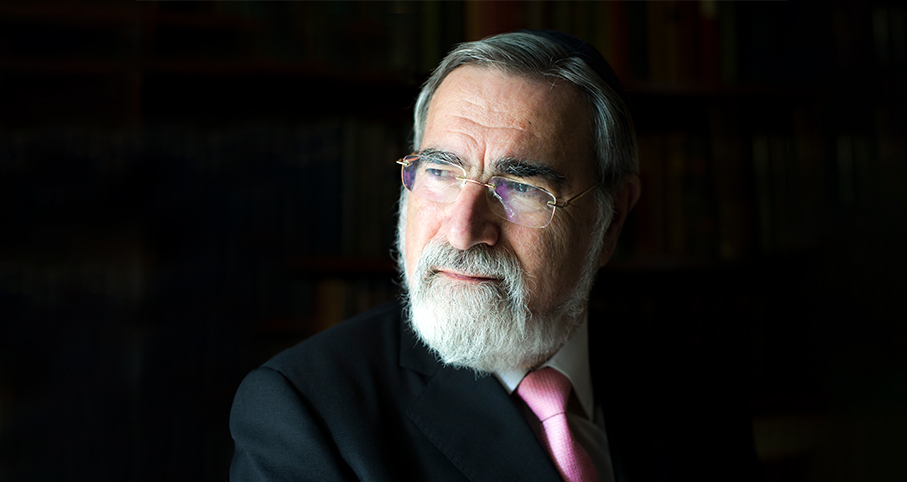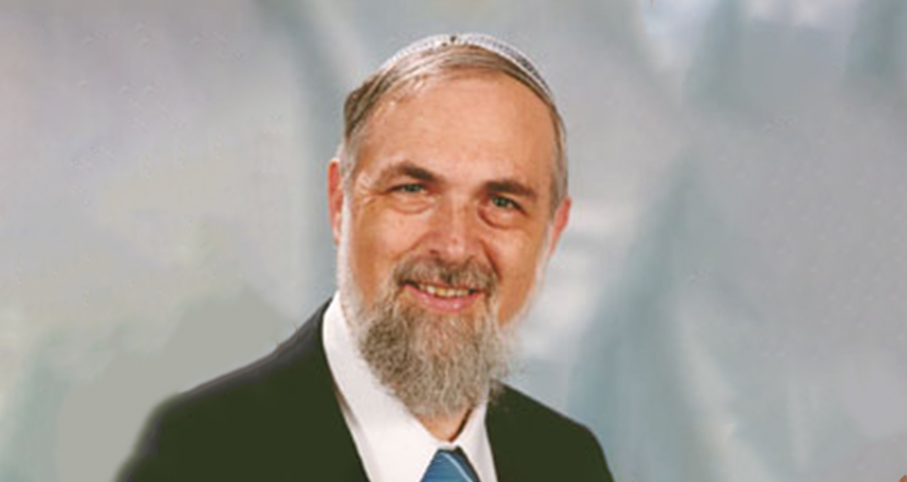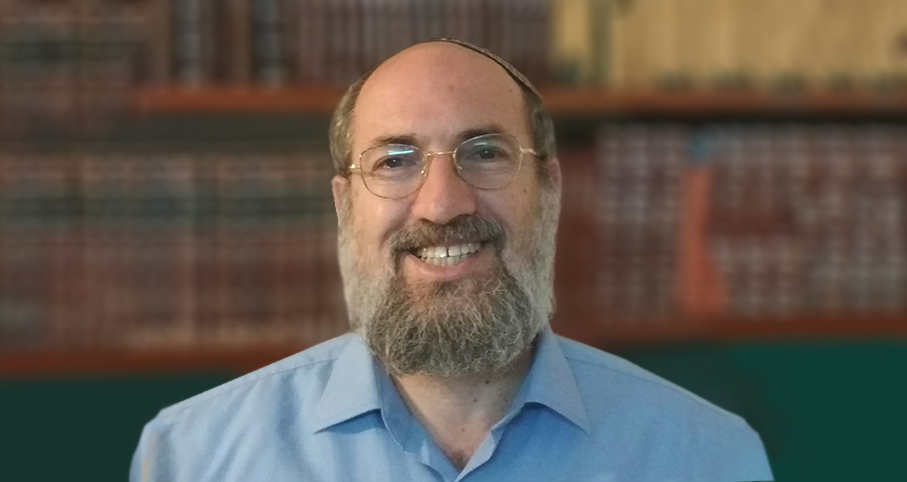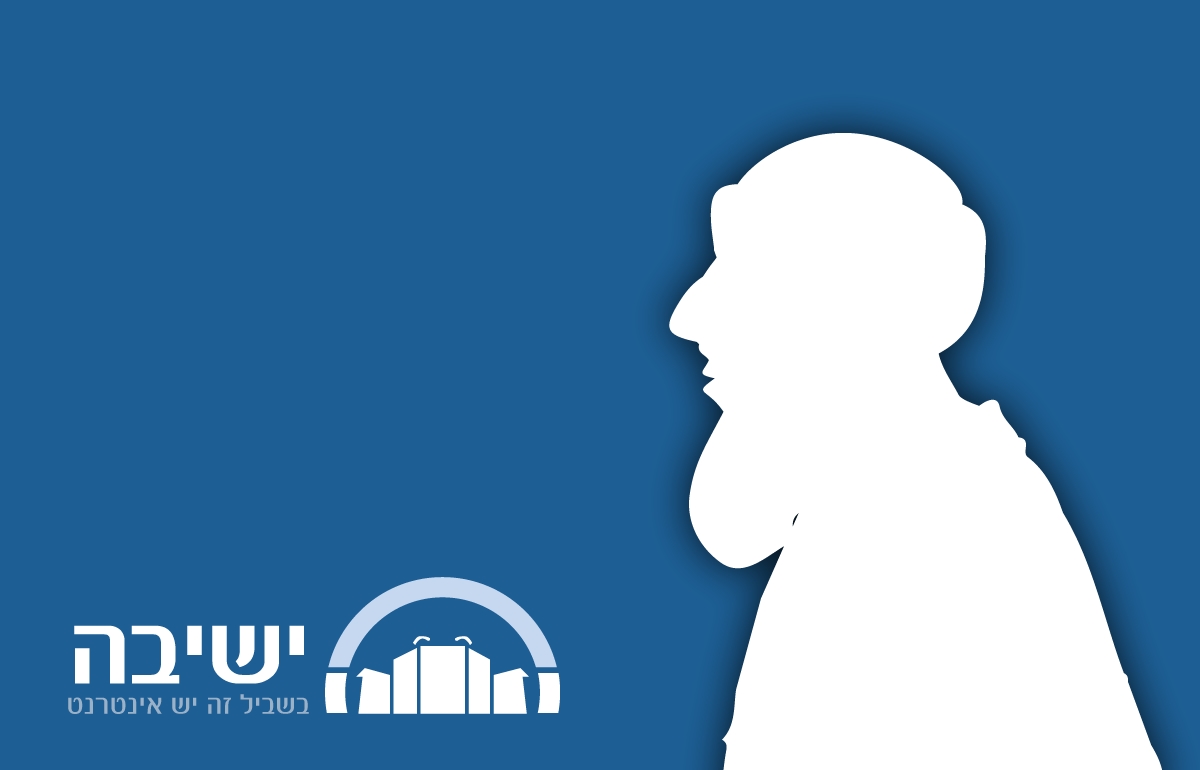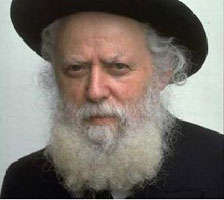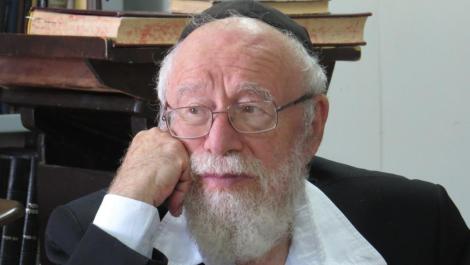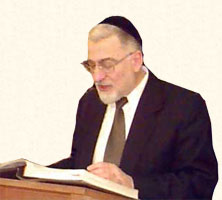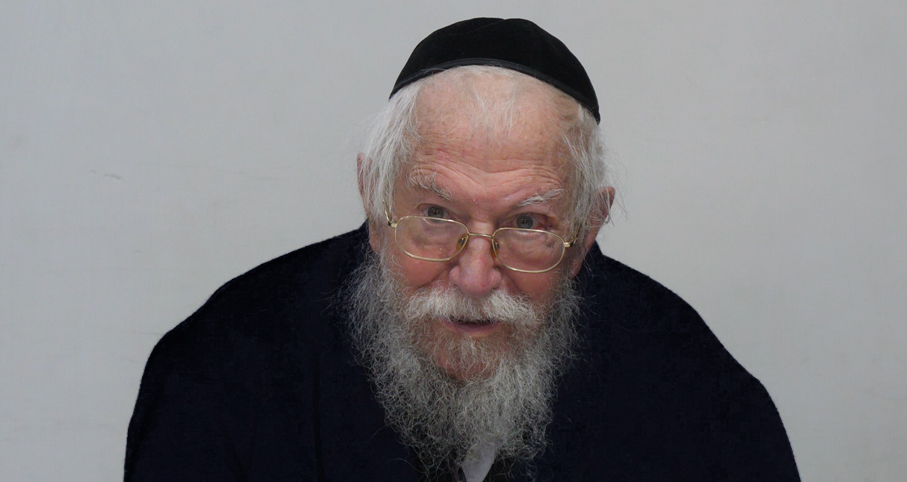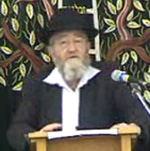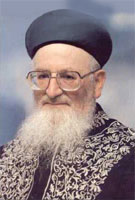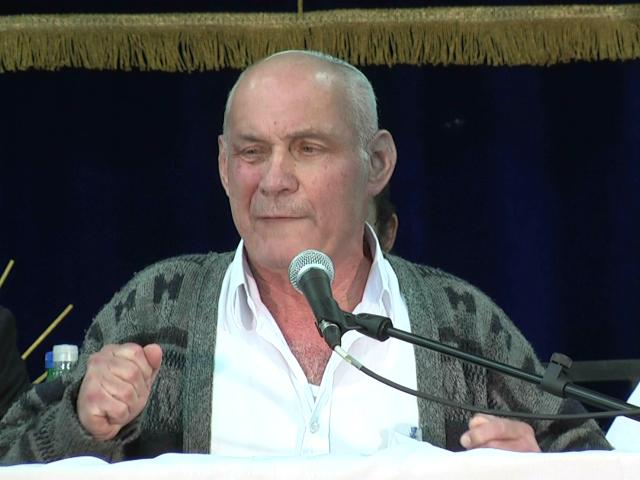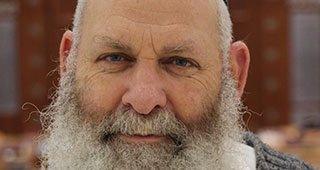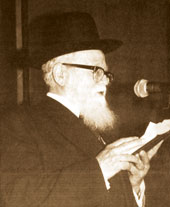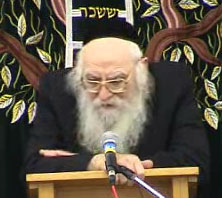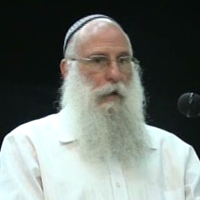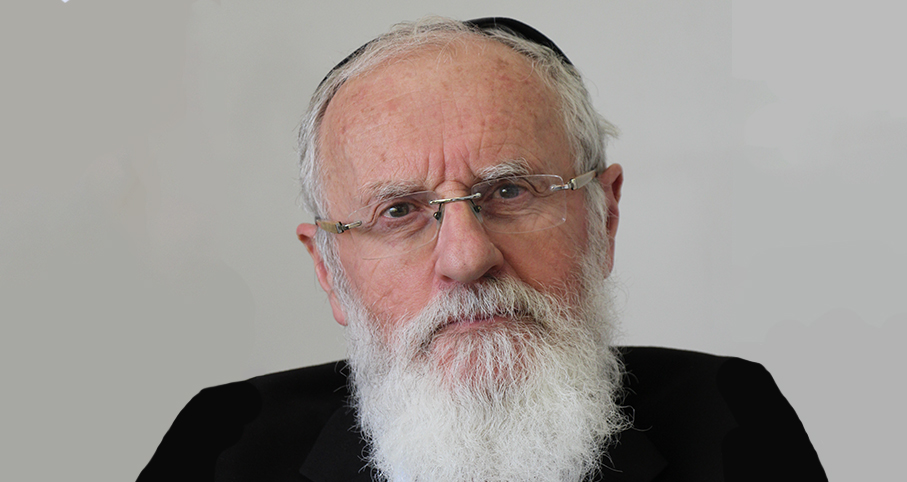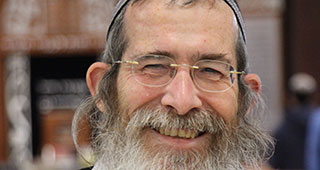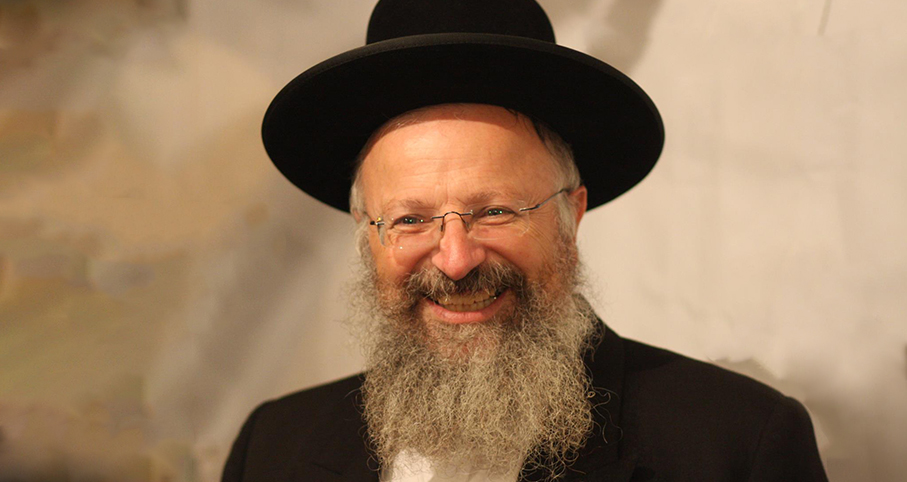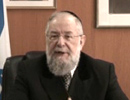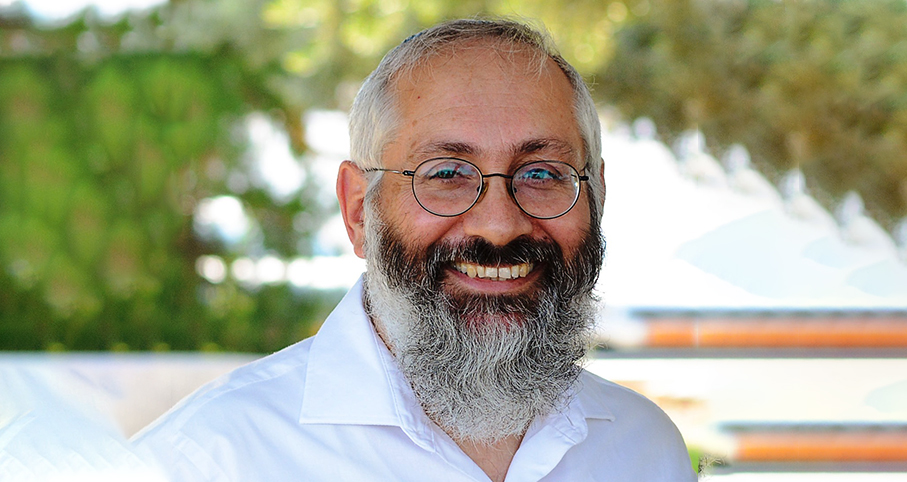Beit Midrash
- Torah Portion and Tanach
- Vayikra
- Bechukotai
The jury is still out whether these DNA findings have any halachic validity and as to what exactly these findings prove. Over the centuries of Jewish life, the kohanim have fiercely protected their lineal descent from Aharon and zealously guarded their status of legitimacy as being kohanim. Kohanim are held in high regard in the Jewish world and are entitled to certain special privileges and honors in the Jewish religious society.
Though it seems that it is permissible for a kohein to waive some of those privileges if he so wishes, preferred behavior dictates that he not do so. The status of the kohein is to be preserved as a remembrance of their special role in the Temple services in Jerusalem. But in a deeper sense, it is to be preserved to remind us of their special mission "to guard with their lips knowledge and to teach Torah to those who request it."
They are to be a blessing to the people of Israel and they are commanded to, in turn, bless the people of Israel. Blessed are those that are commanded to bless others. Thus the status of a kohein is representative of all that is noble and positive in Jewish life and tradition – knowledge, Torah, grace, security and peace. The question of ersatz kohanim is discussed widely in connection with halachic decisions. Not every person who claims to be a kohein is really a kohein. Since true pedigrees are very difficult to truly ascertain today, the halacha adopts a position that who is really a kohein is a matter of doubt. Great rabbinic decisors, especially in the United States, have often, in cases of dire circumstances, "annulled" the kehuna of an individual.
In the confusion of immigration into the United States at the end of the nineteenth and the beginning of the twentieth centuries, there were people who disguised themselves as kohanim in order to earn the monies of pidyon haben – the redemption of the first born son from the kohein. These people were charlatans, but many other simple Jews assumed that they were kohanim as well, without any real proof of the matter. Even tombstones that declared that one’s father was a kohein were not to be accepted as definitive proof of the matter. Therefore, the DNA results are most interesting and provocative.
The halacha has not yet determined with certainty the trustworthiness of DNA results in matters that require halachic decision. Therefore, it is premature to speculate whether DNA testing will ever be used as a method of determining one’s true status as a kohein. Meanwhile the kohanim should retain their tradition of pedigree to the best of their abilities.
Shabbat shalom.
Rabbi Berel Wein
